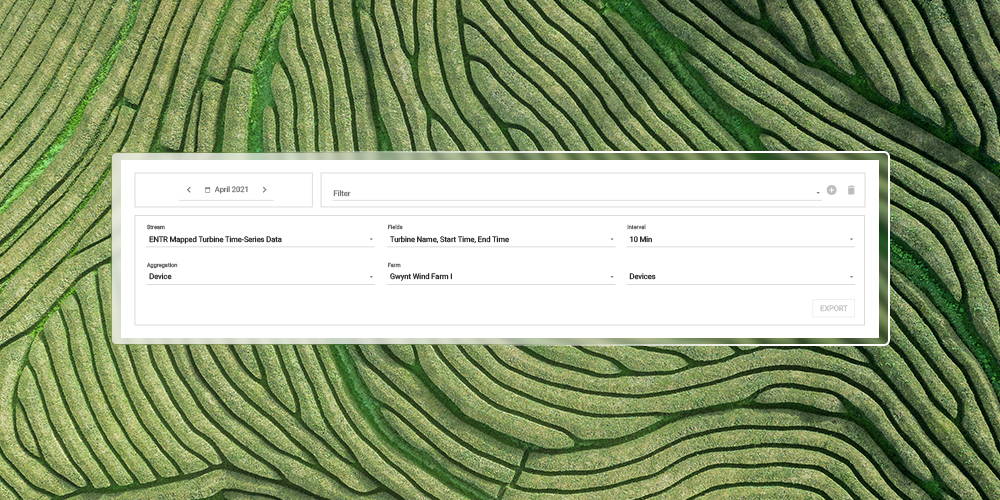A quick internet search on inclusion and diversity will provide thousands of ideas on how to solve the tech industry’s issues with representation. It’s easy to find research, news articles, and lots of concrete tips on how to improve the diversity of teams or create a more inclusive work environment. However, none of that will have an impact in your company unless there’s buy-in from the entire organization, from executive level to the newest, most junior hires. It’s not enough to have goals for diversity or a vision for inclusion if it doesn’t lead to concrete actions and measurable improvements. But how do you make sure that inclusion and diversity move from being something mentioned in long-buried policy documents or the topic of a soon forgotten workshop?
Inclusion and diversity are complex, sensitive topics. To make progress, we need to be fearless, while at the same time, staying mindful of how intensely personal and complicated the discussion topics are. Conversations around gender or race, salaries, work environment, or biases in the hiring and promotion process often forces us to face uncomfortable truths, both about ourselves and about others. Done right, it’s an integral part of creating a healthy organization. Done wrong, at best it’s a lot of time spent without any impact. At Clir, we’ve found that the best way to work with this is to treat our inclusion and diversity initiative like any other crucial part of our organization and create processes for it accordingly. We wouldn’t expect there to be a pre-packaged solution for any other complex business issue we’re trying to solve, and we shouldn’t expect that for creating an inclusive and diverse company either. We’ve worked on creating an environment to have healthy, focused conversations around inclusion and diversity, and it’s nowadays an integral part of our company’s day-to-day.
The way we work with inclusion and diversity is essentially the same as we treat other business areas: we have annual goals, broken down to quarterly goals, and we have a scorecard with metrics communicated to the executive team every month. Once a month, we have an in-person meeting with the inclusion and diversity focus team, where we plan the coming month’s work and discuss our top priority issues. We have a weekly check-in to make sure we stay on track with whatever our focus area is for the current month. Data from our monthly surveys, our hiring candidate pool, and the diversity numbers for the company form the metrics for our scorecard. The monthly newsletter shares these metrics with the whole company, and our diversity numbers are presented on our website to keep us accountable. We’ve found that to be able to have the important conversations and steer a change, we need to create a space where these conversations can lead to concrete actions. We must devise a predictable work and information flow to become aware of inclusion and diversity issues within our organization, and the communication routes need to be understood by everyone. Having processes for the inclusion and diversity work means we can make sure we’re focusing on the most important issues and identify if we’re making progress beyond just discussing them.
We’re a data-driven company, and we want that to influence all the work we’re doing, including inclusion and diversity. Our monthly work satisfaction survey includes questions around meeting culture, support from managers and coworkers, and general satisfaction with work tasks and work environment, broken down by team or gender. We can look at the results and let it drive where we focus our limited resources. Our bi-yearly general inclusion survey serves as a measurement of whether the work we’re doing actually has an impact on our work culture and environment. We’ve been hiring a lot the past year, growing from a small team of eleven to over forty employees in Vancouver, Eastern Canada, and the UK. We’re tracking the diversity of our candidate pool to stay focused on developing a less biased hiring process. For some roles where we get many applicants, we do a deeper dive to understand if we’re unconsciously filtering out groups at specific steps in our recruiting and hiring process. Our processes for the inclusion and diversity initiative helped us identify and solve this issue, while if we hadn’t implemented these procedures we likely wouldn’t have noticed the problem. Our data collection helped us understand that we were losing candidates identifying as visible minority in the first screening interviews. Without collecting and visualizing the data, we wouldn’t have identified the issue, and without having a process and fixed format for the discussions, even starting the conversation would have been difficult. Collecting data and having processes keeps us on track and creates the environment we need for the conversations to happen.
We would never say it’s “good enough” about another area of the company or that we don’t need to keep improving. Having the same workflow and level of accountability for working with our core values makes it easy to have the same mindset and sense of urgency for questions related to inclusion and diversity as for any other critical part of our company.






